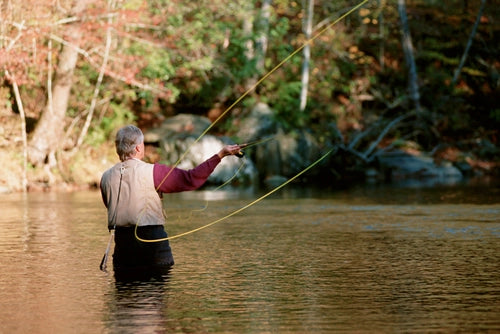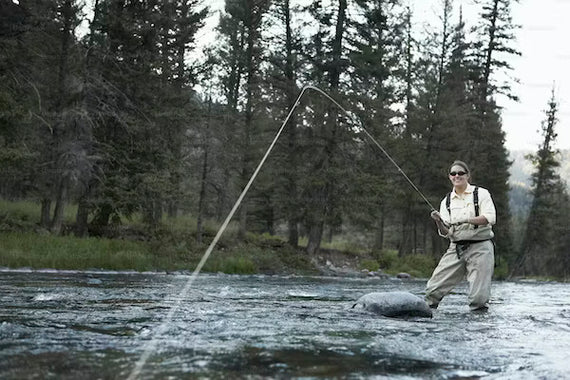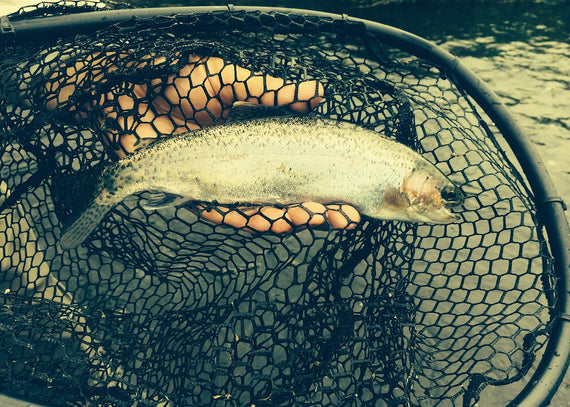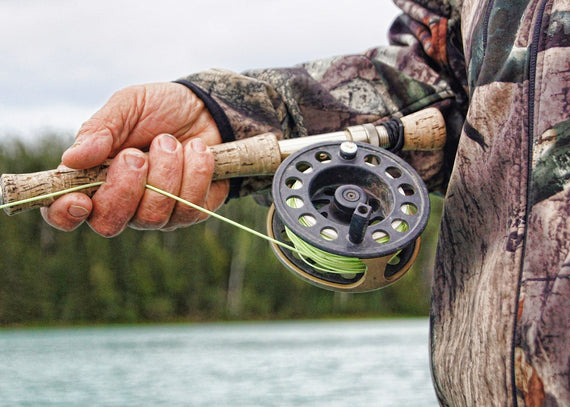Fly fishing is a sport that has become popular over the years. It is a unique experience to catch fish among the scenery. Anglers come together and enjoy the activity together. However, with great pleasure comes great responsibility, especially when it comes to preserving our delicate ecosystems. In this blog, we will explore the best practices for responsible fly fishing etiquette, emphasizing ways to minimize our impact on aquatic environments.
Selecting Appropriate Equipments:
First, let us cover the fundamentals of gear selection before diving into equipment. Selecting the right waders, boots, and fishing nets for fly fishing can have a big impact on your ability to fish responsibly. It should be comfortable and sustainable for the environment.
Waders and Wader Boots:
Purchasing high-quality wader boots and waders is necessary for a secure and comfortable fishing trip. Unfitting waders may unintentionally damage aquatic environments because they disrupt the riverbed and flora. To improve stability and stop the spread of invasive species, choose wader boots with felt or rubber soles. Make sure your waders fit snugly without being too tight.
Nets for Fishing:
One good way to handle fish safely and without injuring them is to use a net. Select a net that has a soft, knotless mesh to prevent damage to the fish's fragile fins and scales.
Handle Fish with Care:
To ensure the fish's survival after you have made a catch, you must handle them carefully. Remember, catch and release is a common practice among fly anglers, and proper handling is key to the well-being of the fish.
Minimize Air Exposure:
Exposure of fish to air for extended periods of time can cause stress. Try to keep the fish in the water as much as you can. Wet your hands before touching the fish to reduce the risk of infection.
Use the Correct Catch and Release Technique:
Hold the fish gently in the water with its back to the current while releasing it. Release it slowly until it starts moving on its own. Never throw a fish back into the water as this could injure it or make it lost.
Key Takeaways:
We have an obligation to care for the environment we love as fly fishermen. We can lessen our influence on aquatic ecosystems and guarantee that future generations can take pleasure in the beauty and tranquility of fly fishing by adhering to these best practices and etiquette. Don't forget to include waders, wader boots, and nets for fishing. Recall that enjoying the sport of fishing and protecting the environment go hand in hand. Safe sailing and joyful angling!



 loading="lazy"
loading="lazy"
 loading="lazy"
loading="lazy"
 loading="lazy"
loading="lazy"